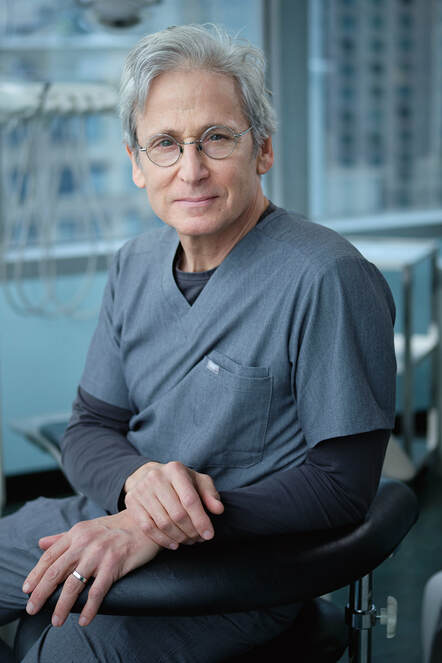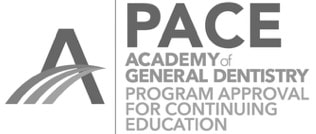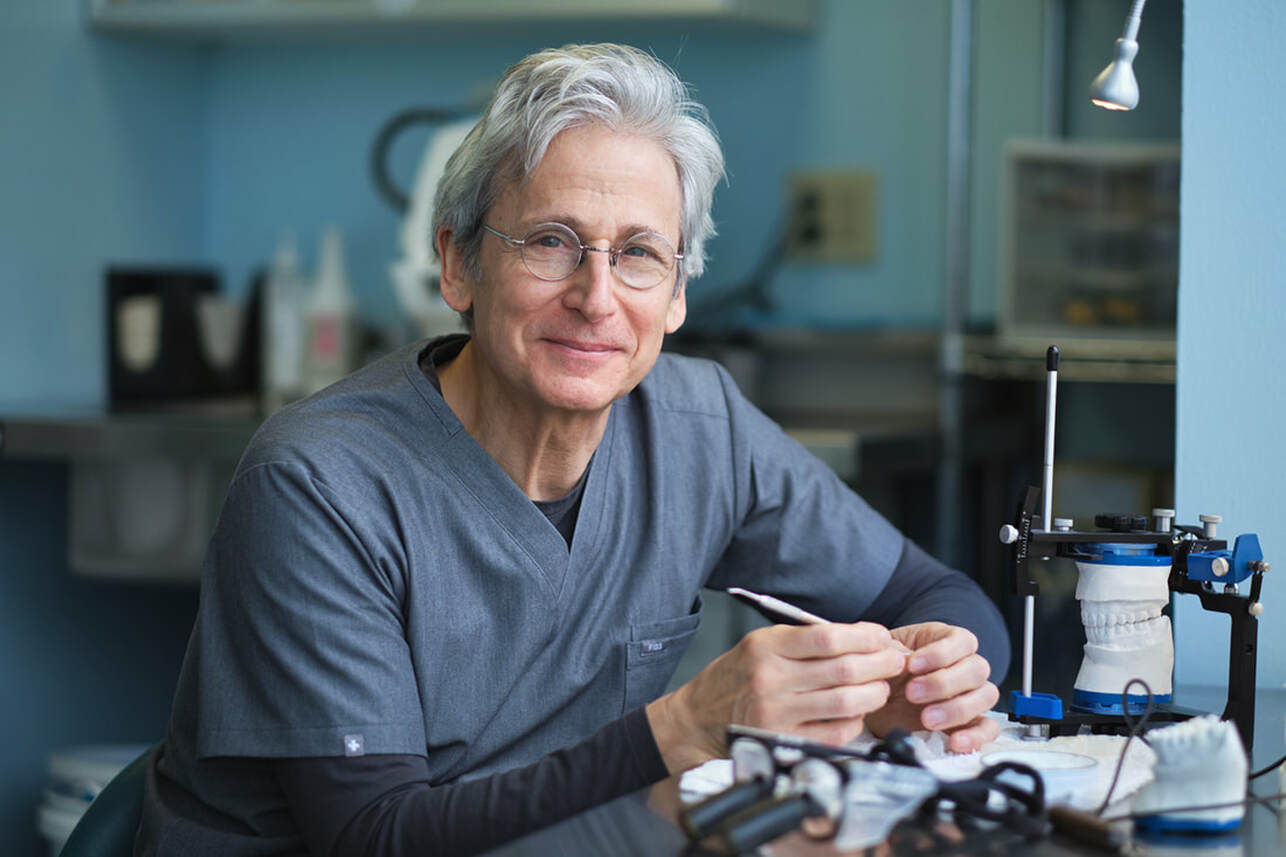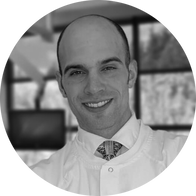If you’re anything like me when I started practicing dentistry, you feel trapped in a system that’s failing you and your patients.
|
Course DescriptionsOcclusion 101:
|
Course DatesOcclusion 101:
|
|
This activity has been planned and implemented in accordance with the standards of the Academy of General Dentistry Program Approval for Continuing Education (PACE) through the joint program provider approval of Comprehensive Treatment Seminars and Levy Occlusion Seminars. Comprehensive Treatment Seminars is approved for awarding FAGD/MAGD credit.
|
Let me guide you to the predictability, profitability and patient satisfaction you’ve been seeking. |
|
I’ve been there. The overwhelm, the debt, the bowing to insurance companies, the fear of harming patients. I earned my Doctor of Dental Surgery Degree from New York University in 1982, and shortly after opened a practice in NYC. I wanted predictability in my practice and patient care, but felt that all the processes and systems I’d been taught prevented this.
My dental career changed dramatically when I took my first Dawson course in 1991 and began to learn and practice the science and art of dental occlusion under the expert guidance of Dr. Peter E. Dawson. It was the beginning of a life-long journey exploring the scientific foundation of occlusion and how it affects the whole chewing system. With a background in mechanical engineering, I started to examine teeth from an engineering-stress-strain-bite force perspective while considering the reality that teeth are inherently complex histologic structures. I sold my practice in NYC and moved my young family to Portland, Oregon, to join the faculty at Oregon Health and Sciences University, where I could further explore the sensory properties of teeth and the chewing system. My perspective as a dentist and neurophysiology researcher is that the occlusion of the teeth shapes the streams of tactile sensory information that are elicited from dental mechanoreceptors and proprioceptors, which in turn alter oromotor behaviors. |
Very few dentists are currently aware of this reality.
We are in the midst of a worldwide pandemic of collapsed facial form. Into this paradigm of facial collapse comes the litany of health problems that healthcare practitioners in different fields are attempting to address (e.g. speech problems, malocclusion related tooth fracture, airway breathing problems, etc.). As I initiated my first occlusal treatments I observed that the elimination of occlusal interferences enabled many patients to open and close their jaws faster, move more freely through excursive jaw movements, and feel more comfortable. My research led to a radical new understanding of oral health and a new model for treating the chewing system. The result? A total paradigm shift in my approach to patient care. In 2004, I opened my practice in Portland, Oregon. My philosophy is to offer the finest quality dentistry that considers the whole patient and the whole chewing system. To achieve this, I’ve developed a business model that doesn’t have insurance companies dictating patient care, or require a revolving door of patients. |
Start building the foundation for your ideal practice today.Read this free guide. No email address required.
Would you like to receive occasional information to help you build your ideal practice?No tricks or gimmicks. Just 100% pure material to move you forward.
|







